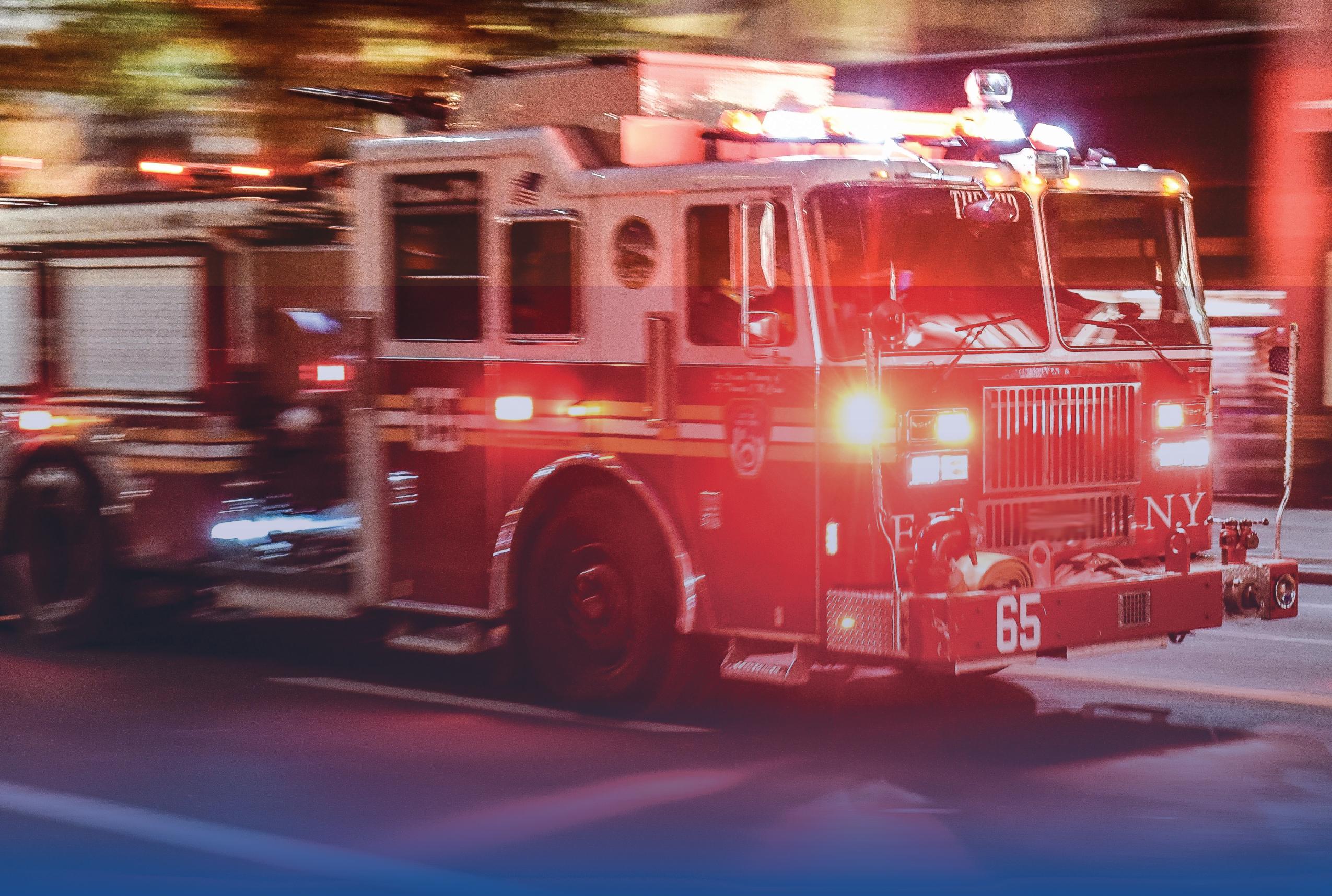
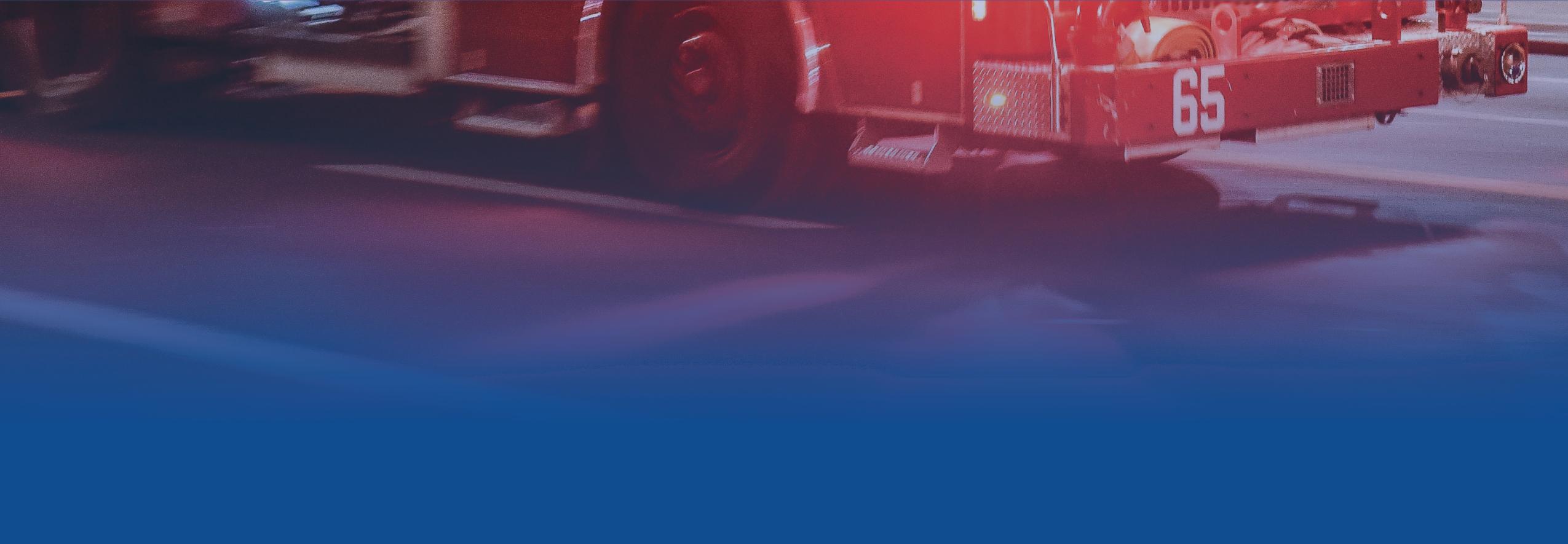
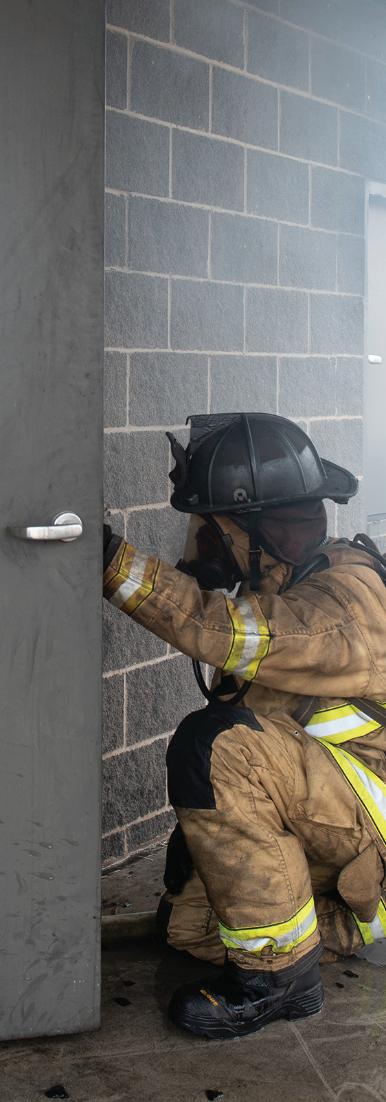
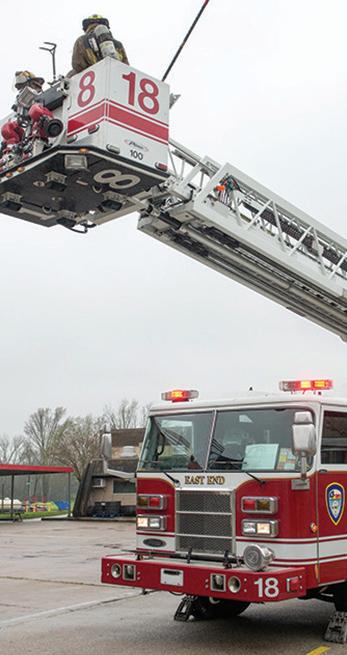

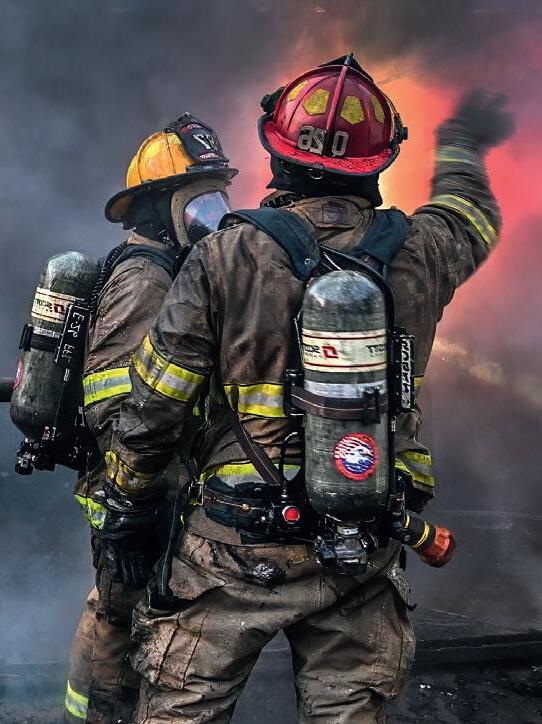
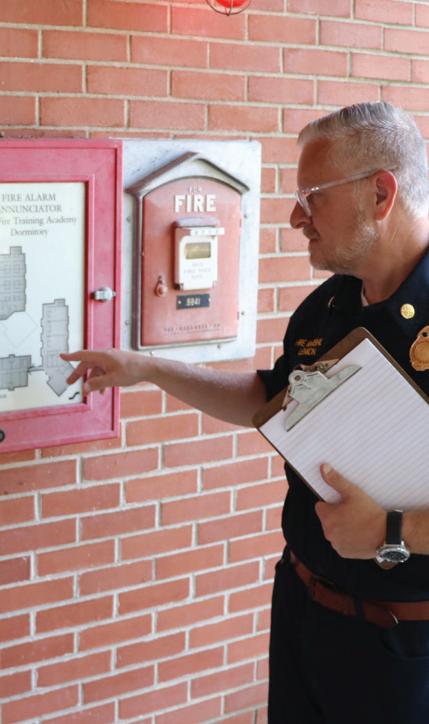










Throughout my 23 years in the fireservice,both in the station and in the classroom,I’ve come to understand that the most significant responsibility we hold as instructors isn’t just to train firefightersbut to shape the very future of our profession. Each generation of firefightersbrings new strengths,faces new challenges,and depends on us to help prepare them for what liesahead.
Earlyin my career, I learned that dedication alone wasn’t enough. I needed to stay open-minded and adaptable. If I wanted to grow in the fireservice,I had to actively listen and accept feedback from the seasoned firefightersaround me, mentors of all ranks who, each in their own way, shared their wisdom. Over time, I came to understand that if I truly wanted to influence the future of the fireservice,I had to get involved myself,by being a role model and mentoring those behind me.
The fire service is evolving rapidly, and with that evolution there is a growing need for proactive recruitment and retention,and the integration of new technology. As instructors,we have a powerful role to play in addressing the challenges we face in the firefighting profession.
We must teach the importance of adaptability,recognizing that today’s recruits may learn differently than we did. Most are visual,tech-savvy, and driven by purpose,which means our lesson plans must evolve.
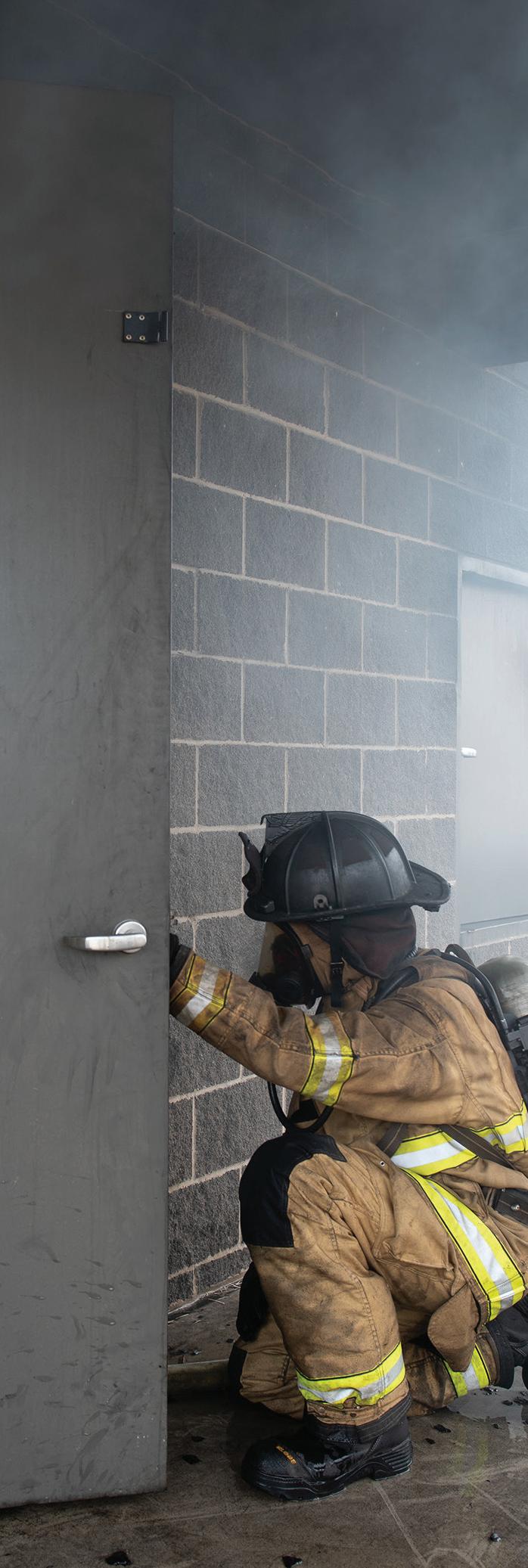


We must tell a broader story about what it means to be a firefighter. Modern firefighting is not solelyabout brute strength; many of our calls are medical, and our roles increasingly focus on prevention.To build a strong future,we need to actively recruit a more diverseand representative force,which includes women, bilingual residents,and young people from all walks of life.
We must model leadership that values people. Retentiondoes not stem solelyfrom pay; it is about creating environments where members feel respected, heard, and valued.
We must embrace prevention and education. Asfire inspectors,code enforcers,and public educators, our crews have the power to prevent tragedies before they happen. I’veseen what happens when we investin smoke alarm programs, school fire safety lessons,and riskreduction in vulnerable neighborhoods—it saves lives.It builds trust.
Thisis the message I pass on to my students: Being a firefighter today means more than riding a rig.It means being a mentor,a public health advocate, a lifelong learner,and a pillar in your community.
To my fellow instructors:I ask that we continue to adapt, lead with empathy,and never stop asking how we can better serveboth our students and our communities. The future of the fireservice is in our hands, and together, we can shape a safer,smarter, and more inclusive fire service for all.
And finally, to everyone in the fire service:just as I learned early in my career, stay open to change. More importantly, be the change. Lead the way in bringing in new talent,and welcome cultural and generational diversity.Don’t let tradition hold back the growth and progress of our profession.
With pride in the badge and hope for the future.




One of the areas where challenges have led to innovation has been in volunteer firefighting.Volunteer departments serve as the backbone of smaller communities, which often lack the population sizeto support a paid firefighting force.
The firefighting landscape is one that is always evolving,impacting paid, mixed,and all-volunteer fire departments alike. Eachdepartment faces unique challenges and opportunities, yet they all share a common mission:
According to data from the 2020 USCensus,76%of the 19,500incorporated towns and cities in the United States have populations under 5,000,and 42%have fewer than 500 residents.A town or community needs a population of around 15,000residentsto justify establishinga career department.
The National Volunteer FireCouncil (NVFC)reports that volunteers comprise 65%of firefighters in the United States.Out of the more than 29,000fire departments nationwide, nearly 19,000are entirely staffed by volunteers.
15k
Residents are needed to establish a department
19k
65 % Departments are staffed entirely by volunteers

Firefighters in the United States are volunteers
In 1984,the United States had nearly 898,000 volunteer firefighters,but by 2020,that number had decreased to around 677,000,according to NVFC data. Alarmingly, by the start of 2024,it had further dropped to approximately 637,000.Thesignificant drop in the number of volunteer firefightersis putting many communities at risk.
What is driving this drop in forces?According to the NVFC,aperfect storm of factors has contributed to lower numbers. Thesefactors include confusing training requirements,increased time demands, and a need for a two-income household.
Safety/ Health Concerns
Need for Two-Income Household
Disinterest in Volunteer Service
Greater Time Demands
Higher Level Training Requirements Outdated Equipment
Poor/ Unwelcome Leadership
Fewer Eligible Workers
Source
https://www.usfa.fema.gov/downloads/pdf/publications/fireadministrators-summit-proceedings-report.pdf
Poor Marketing
Sources
Unwelcome Culture

The Public Safety Group interviewed Kevin Quinn, retired Deputy Chief of the Union FireDistrict in South Kingstown, Rhode Island,who has served on the National Volunteer FireCouncil (NVFC)board for more than 40 years and as a volunteer firefighterfor 50 years.Chief Quinn also attributes the drop in numbers to a shiftin public awareness of volunteer departments.
"Many citizens don't even realize that it's a Volunteer FireDepartment. We need to do a better job at educating the public that we are a Volunteer Fire Department," he said.
The role of volunteer firefighting has evolved in today's society, with Chief Quinn noting that the Volunteer FireDepartment was once a legacy passed down through generations. "The grandfather was a firefighter.The father was a firefighter,"he says.Today, there is more competition than ever for people's time and attention. Chief Quinn says departments must adapt their approach in order to survive.
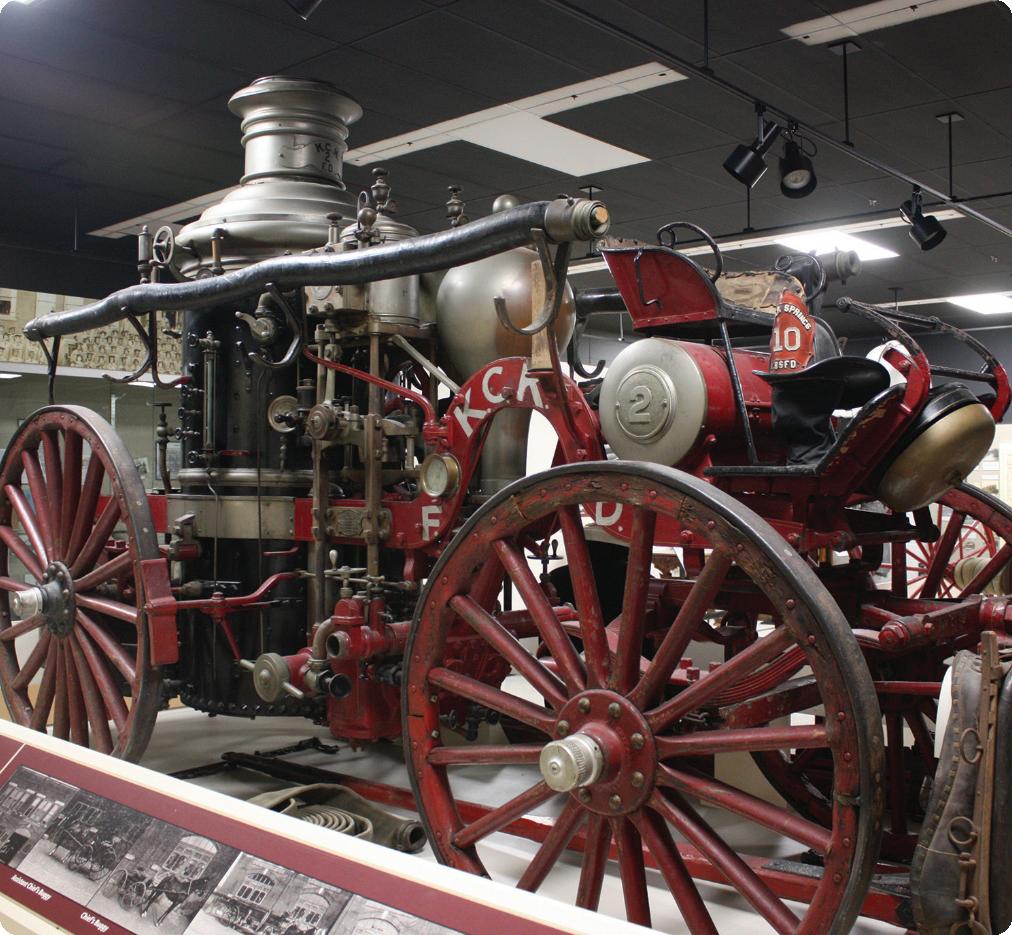

“Theold guard lived in a vacuum and didn’t realize they had to market, you have to become a marketer of your Volunteer Fire Department."
Chief Kevin Quinn


Utilizingsocial platforms, analytics, and other modern marketing tools has become essential."We have to change with the times,"Quinn says.
Despite the decreasing numbers in ranks,Chief Quinn notes that the issueis not due to a shortage of enthusiasm.
The NVFCdid do research,maybe about eight years

The key to successfulrecruitment? Adapting to the mindset of the younger generation. Chief Quinn notes that while some veteran firefightersmight struggle to understand the perspectives of the new recruits,it is essential to embrace this change.
"Wehave to adapt and overcome and work with the many assets that today's youth brings.Theyhave some great minds, and smart firefightersare great firefighters," he says.
As times change,so do population demographics. Thereis now a growing recognition that the fire servicesshould reflect the communities they serve.Thisinvolves recruiting a more diverse group of firefightersto better match the neighborhoods they protect.
“So,you need to understand them. Ifyou've got a huge Spanish-speaking population,maybe even language is something that has to be brought into your department. You need to be able to make yourselfpart of the culture of your community.”
It is important to understand and integrate with various local groups, from churches to cultural organizations.

“Theaudience has to mirror your population. Your recruits, your firefighters, are coming from your community.”

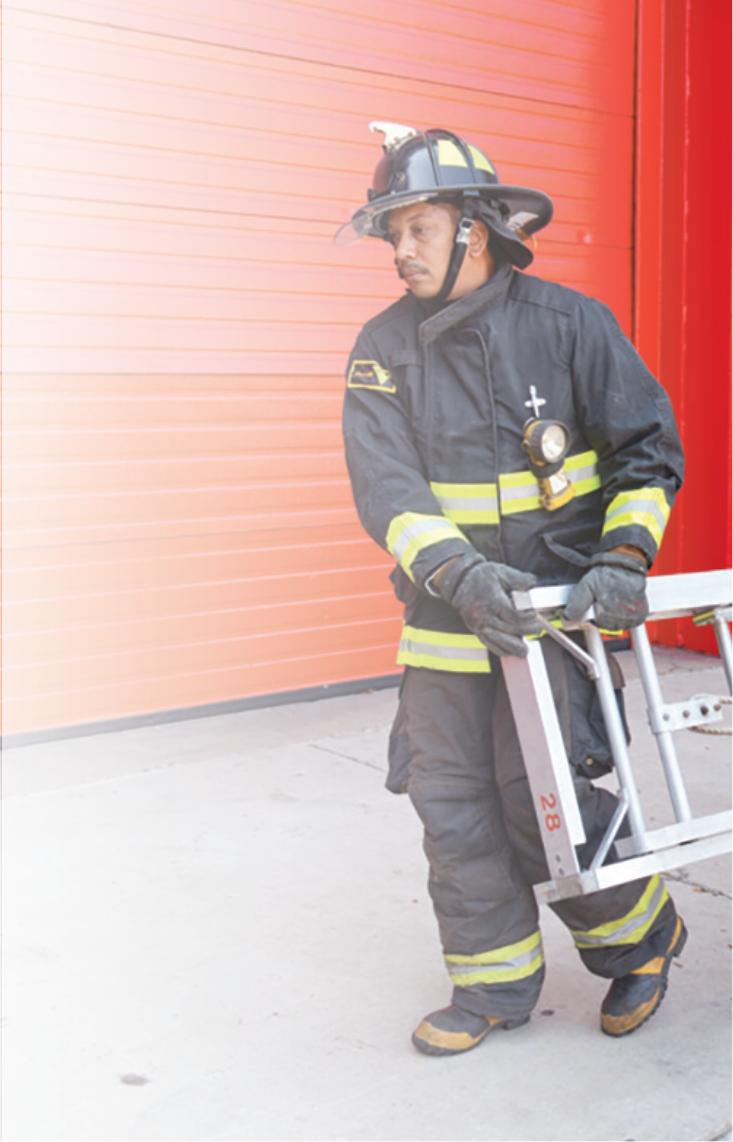
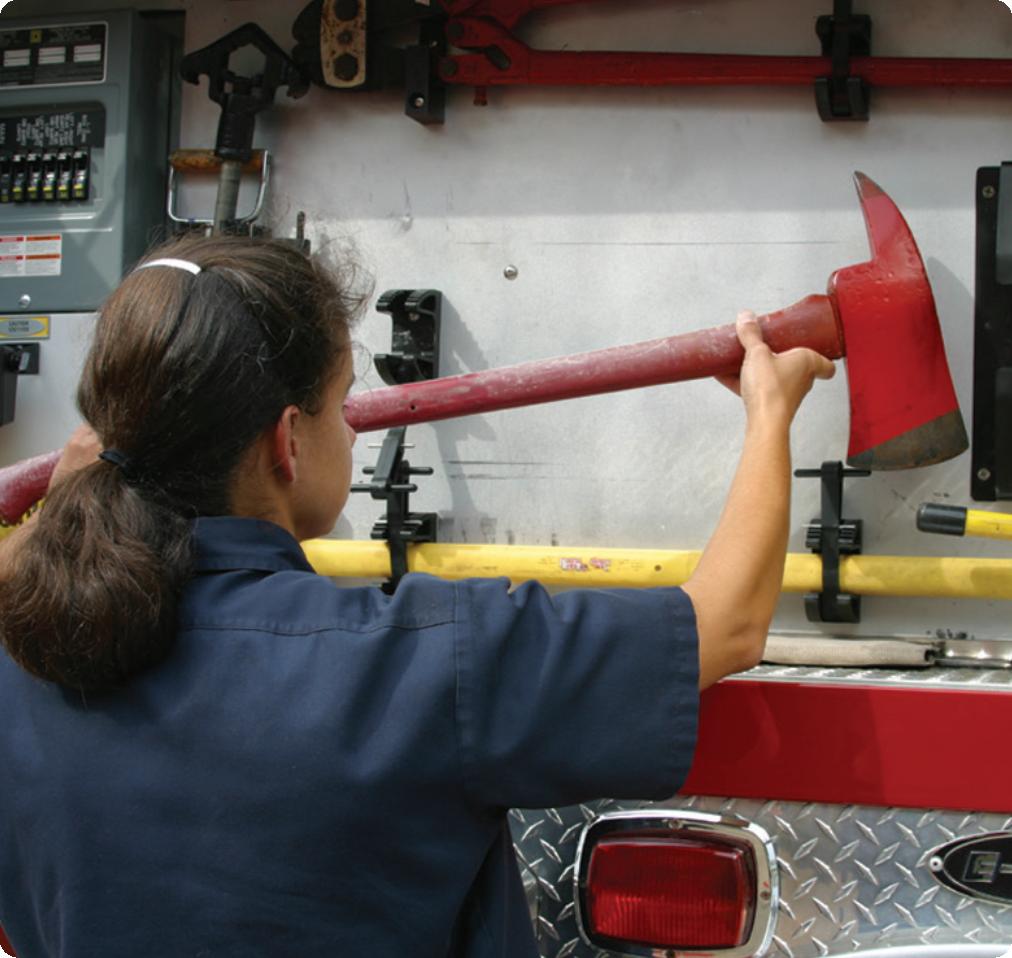
Chief Quinn highlights a challenge behind recruiting one key demographic: "Ourwomen are stilla very small number in the fire service,"he says,noting how only 9%of firefighters are women. Chief Quinn stressedthe need to communicate that the role of a firefighter has evolved.

Once new volunteers have been recruited,the next challenge lies in retaining them. In 2020,the NVFC conducted a national surveyof current and former volunteer firefightersto find out why volunteers leave.Among the top reasons were a lack of strong leadership, safety considerations, volunteer benefits, and departments.
Above all,Chief Quinn says one of the keys to strong retention rates is ensuring volunteers feel valued and appreciated.
“Having the chief officer shake your hand or thank you, even if it’s at a training session,that goes a long way. We can never lose sight of the importance of being valued."
Successfuldepartments know what their members want and need to stay engaged and supported. The key to understanding is to have open communication with all members of the department. Considerconducting one-on-one conversations with firefightersto understand their interests,needs, and potential reasons for leaving. Combining these conversations with brief surveys will allow team members to feel heard. Additionally, conduct exitsurveyswith departing employees to gain insights into their reasons for leaving, which can inform strategies to improve retention.
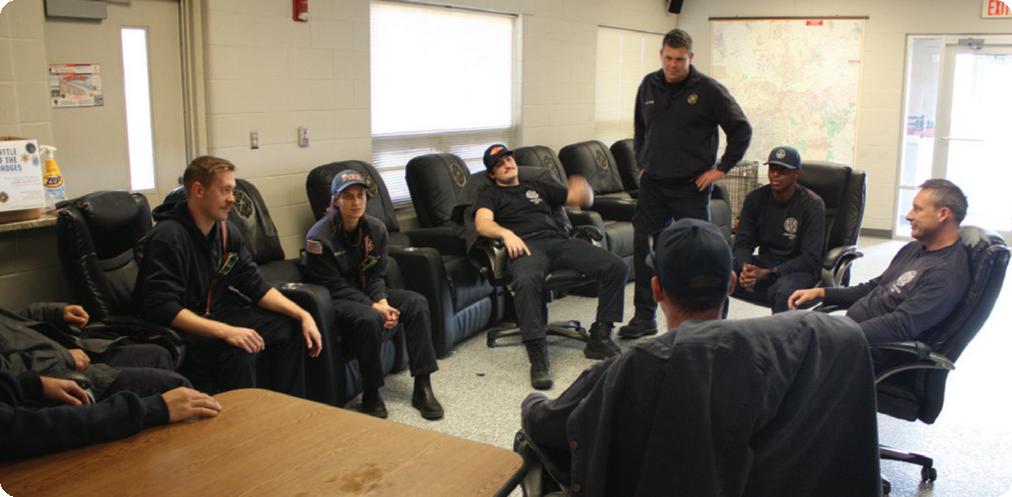
Retainingfirefighting crews in the modern age requireskeeping an open mind and adapting where needed.

“Ifyou can retain your firefighters, you will never have a recruitment problem.”
Chief Kevin Quinn


The introduction of the NFPA1010standard, including Chapter 5: Support Person (NFPA1001), marks a significant advancement for volunteer firehouses nationwide. The World FireCongress highlighted common challenges likerecruitment and resource allocation. NFPA1010tacklesthese issuesby broadening the definition of service to include support roles,which will attract a wider range of volunteers.

supply, opening and closing fire hydrants, operating emergency scene lighting, refilling SCBAair cylinders, and cleaning and checking equipment and tools.
"Theinclusion of support roles will bring essential resourcesto communities and especially Volunteer FireDepartments across the nation,"Chief Quinn says,acknowledging that contributions go beyond traditional firefighting roles.
Chief Quinn urges volunteers to acknowledge the diversecontributionscommunity members can make, emphasizing that everyone has a role in supporting the fire department. "Thisstandard opens up so much for so many," he says,highlighting the variety of skillsand resources that local businesses and individuals can provide to volunteer fire departments. From photographers to shop owners, everycommunity member can play a part.


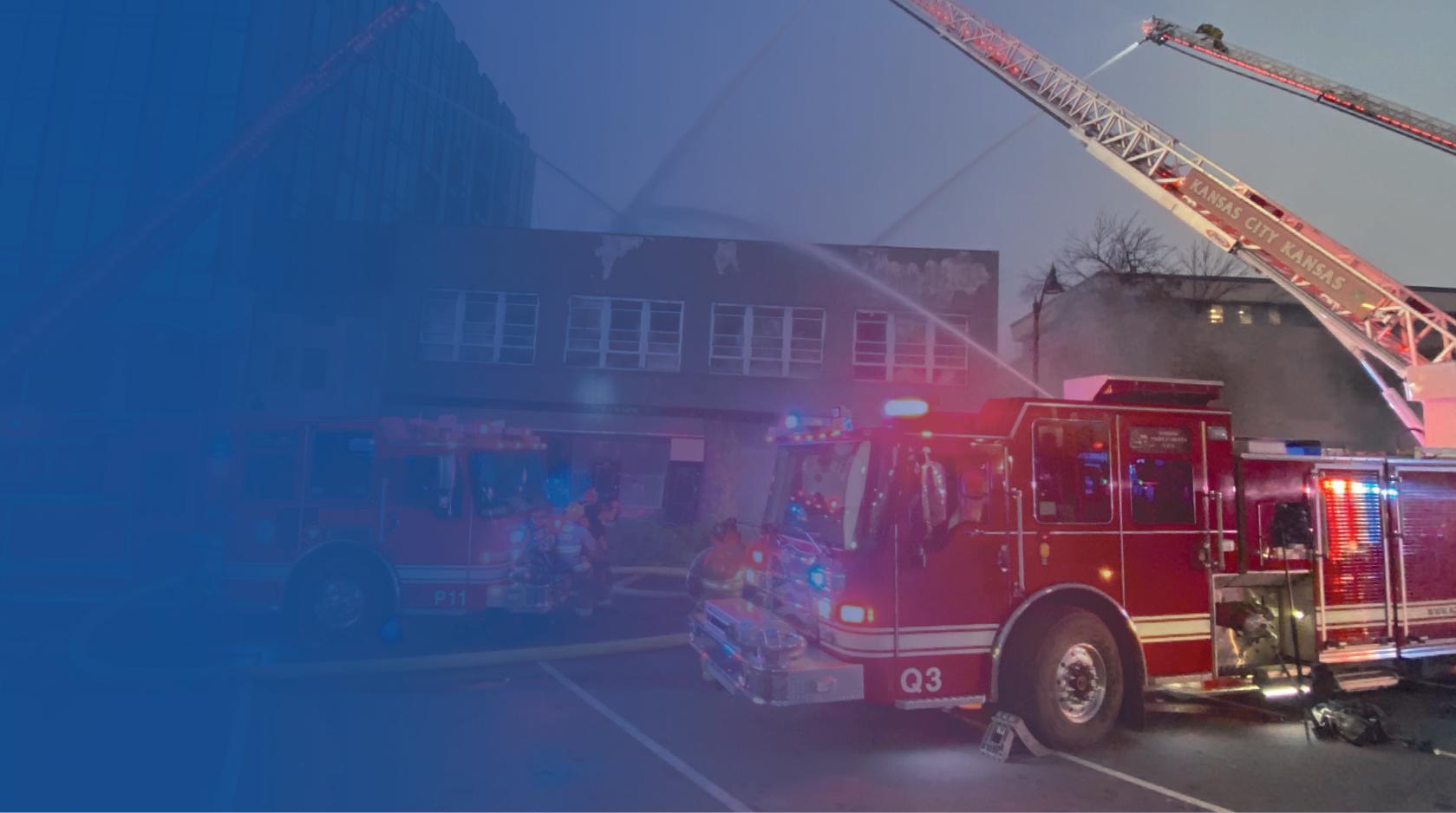
Technological advancements have transformed many areas of our lives,including firefighting.We have changed how we live,and now we must also change how we train.By incorporating the latest technology into our traditional training programs, we can equip firefighterswith the skillsand knowledge necessary to protect our communities.
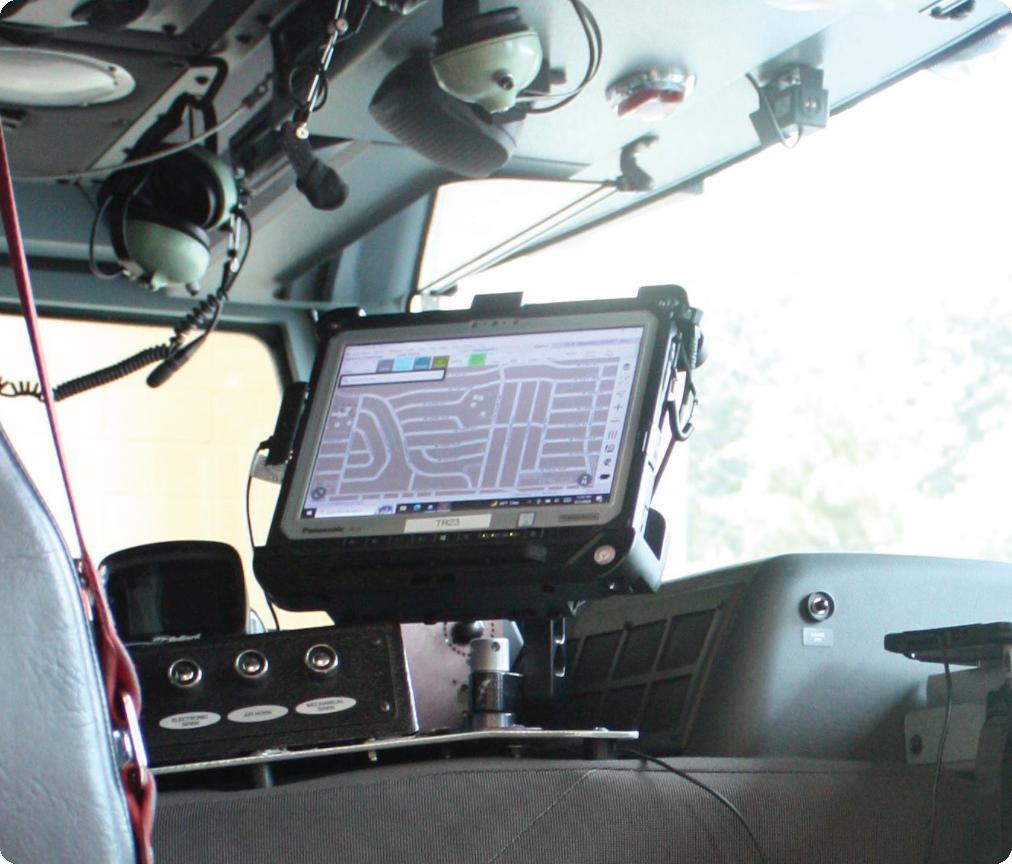
"Technology has changed us for the better by far," he asserts,pointing to innovations likethermal imaging cameras as life-saving tools that require proficiency in their use.“Safety is really a priority now. We'vechanged the way we respond. We've changed the way we act.”
The Public Safety Group sat down with Pat Dunn,an F16mechanic in the military, ten-year captain of the Kansas City, Kansas FireDepartment, and author of FireApparatus: Driver/Operator with Navigate Advantage Access,Fourth Edition

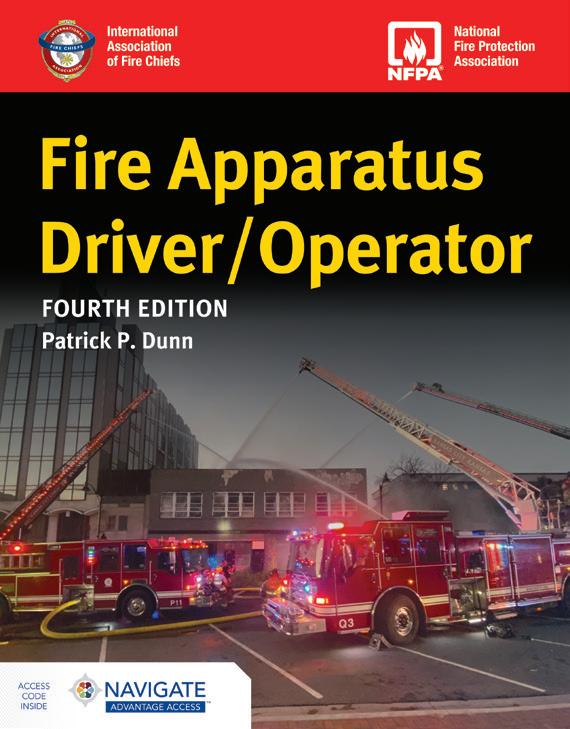

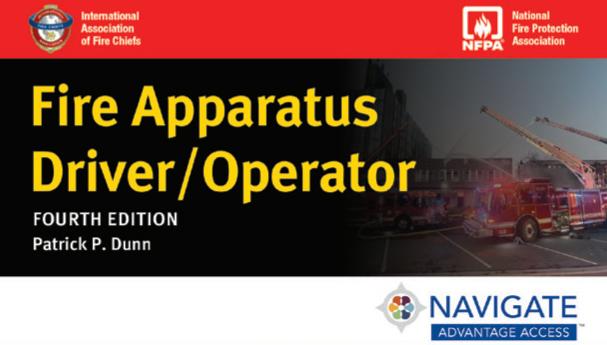


In writing this book, Dunn uses the power of visual learning in new images and skilldrills,making it easier for learners to grasp the intricacies of firefightingequipment and tactics.
"Wecan show them the what, but when we really get further in depth on more detailed topics,it is easier to explain and get people to understand when I can include photographs," Dunn said. “Students wouldn't know about hydraulic systems,so we have to show those different things,because otherwise all they know is the one apparatus that's sitting in front of them.”
Chief Quinn agrees, and suggests that trainers should adapt whatever approaches are necessary to educate the newest generation of firefighters.
"Icall it ripping up the lesson plan,"he shares, emphasizing the need for a shift in instructional
styles of the "multitasking generations,"including Gen X,Millennials, Gen Z,and beyond.
“Theaudience is different.We have to adapt and overcome,and we have to get them involved.”
Beyond recruitment and retention issues,there is a growing concern in the fireindustry:the decline in mechanical knowledge among driver/operators.
Dunn notes that this decline has led to a disconnect between firefightersand the apparatus they operate. "Yearsago, the driver really knew the mechanics of the apparatus. Theydid a lot of the maintenance on their own,"Dunn states, emphasizing the need to revive this essential skillset with both new and existing crews.
Dunn credits the decline partially to the creation of the automatic nozzlein the 1960s,butnotes that as departments transitionaway from the automatic nozzle,there is a growing need to understand hydraulics.“That importance of that driver knowing what to do and how to troubleshootis coming back into the forefront.”
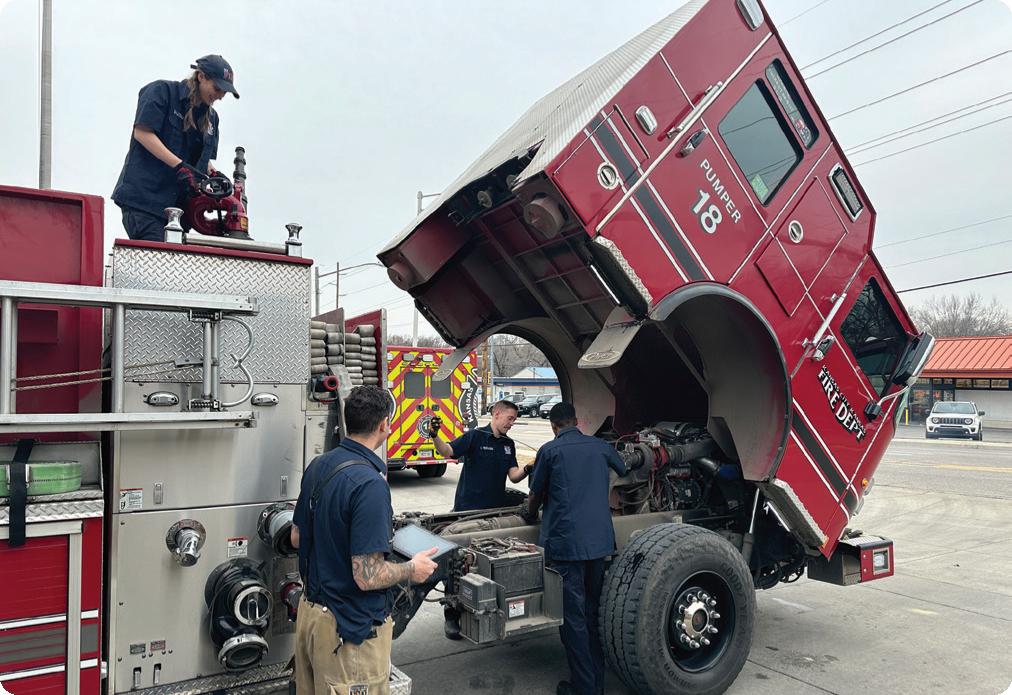

Firefightingis unpredictable, and often crews must step in where they may not excel.
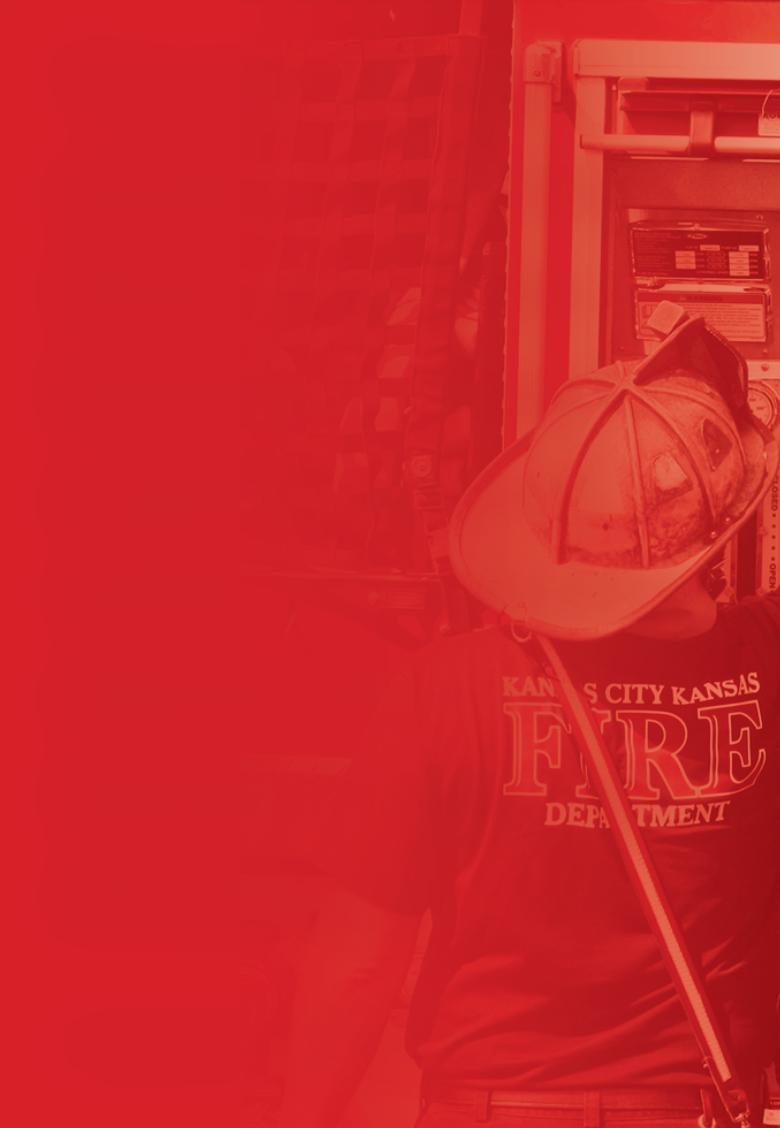
“Inour line of work, it is critical that everyone knows at least a good idea of what the person above them is doing in the rank structure.”
Captain Patrick Dunn
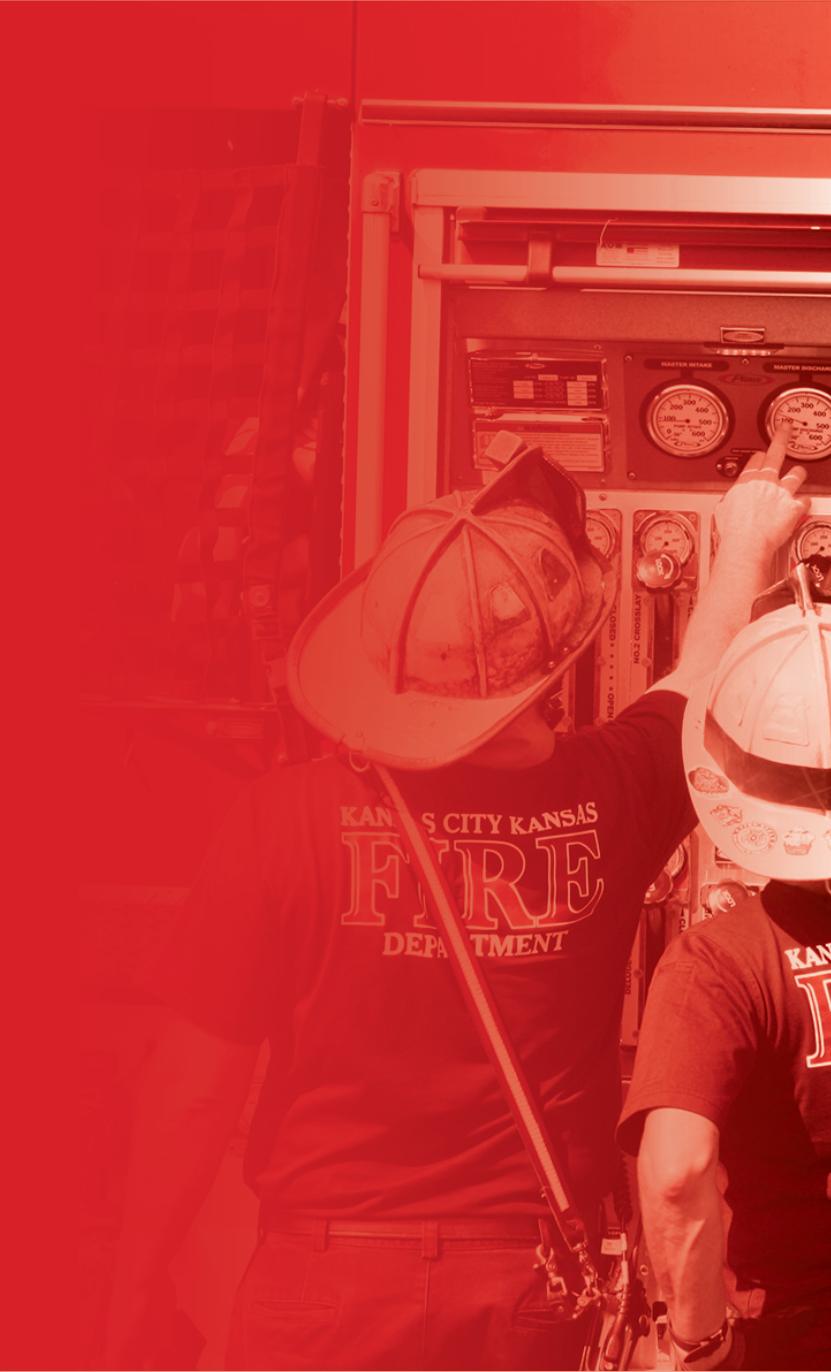

“Thingshappen. We operate in a world of emergency operations. In the military, that lead guy gets taken out, and everyone needs to bump up.”
Driver/operator training equips firefighterswith the skillsand perspective necessary to enhance their performance, unity, and resiliencein the face of adversity.
Aligning training with the NFPA1010standard is crucial, according to Dunn.He believes in going beyond the minimum requirements to suit the specific needs of each department and jurisdiction. “It'sa framework...it'salways good to go beyond and suit things to the needs of your department and jurisdiction,” Dunn asserts.
In NFPA1010,Chapter 4 establishes requirements to provide a general scope, purpose, and application that should be applicable for each position identified in the standard. New to NFPA1010(2024) is required training for traffic incident management. Additional information is provided below:
NFPA1010,Chapter4 General Requirements includes the following:
4.4Application
4.4.1Document Application. Theapplication of this document shall specify which requirements apply to each position identified in Chapters 5 through 17.
4.1.4.10Personnelshallmeet the requirements for traffic incident management in NFPA1091


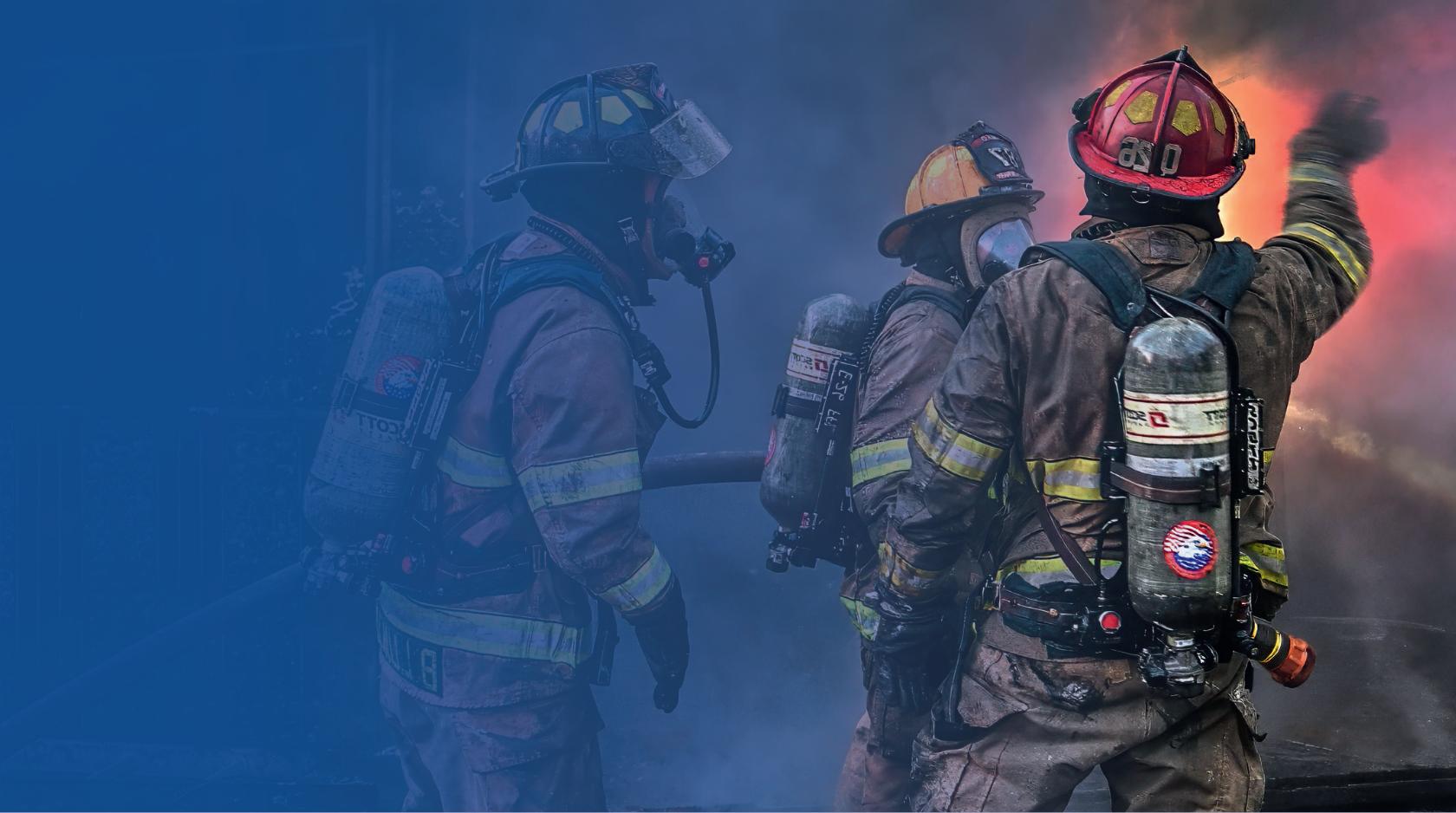
One of the key updates in 2024 in NFPA1010isthe mandatory hands-on training in the use of thermal imaging cameras (TICs)for new firefighters.TICsare an important firefighting tool,as they can be used for navigating smoke-filled environments, identifying heat sources,and conducting overhaul operations. Thenew edition of the standard mandates that this training be conducted in person,rather than virtually, to ensure that firefighters are able to use these skills in real-world scenarios.

The NFPA1010standard specifies that TICtraining is required for both Firefighter I and Firefighter IIlevels.
An individual who operates as part of a firefightingteam under direct supervision in hazardous conditions.
Individuals possess the skillsand knowledge to function under general supervision.
The introduction of Chapter 5 of the NFPA1010 standard is a major development for volunteer firehouses across the nation. Thisnew standard chapter addressessome of the most important

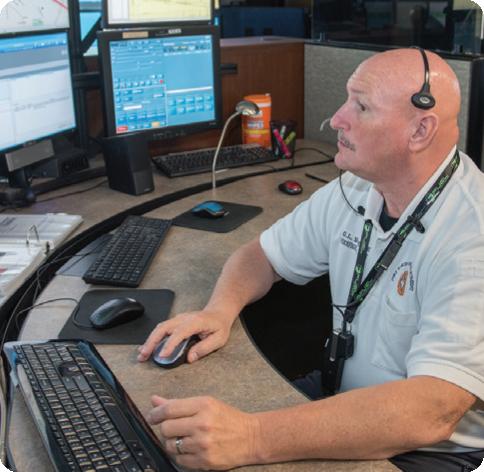

A "support person"is defined as a member of the fire department who, while not trained to the FirefighterI level,plays a crucial role by performing non-hazardous duties. Theseresponsibilitiesinclude tasks such as: Assisting with Communications Connecting Pumpers to Water Supplies


Everyonecan have a role to play in helping their local firehouse,and Chapter 5: Support Person (NFPA1001)included in the NFPA1010standard gives volunteersa way to make a difference and become certified.Thestandard taps into the talents of the community. Forexample, photographers can document events and training sessions,whileshop owners might provide logistical support or donate supplies.Tech-savvy individualscan develop apps to streamline department operations.Socialmedia enthusiastscan manage the department's online accounts, helping to raise awareness and engage the community.
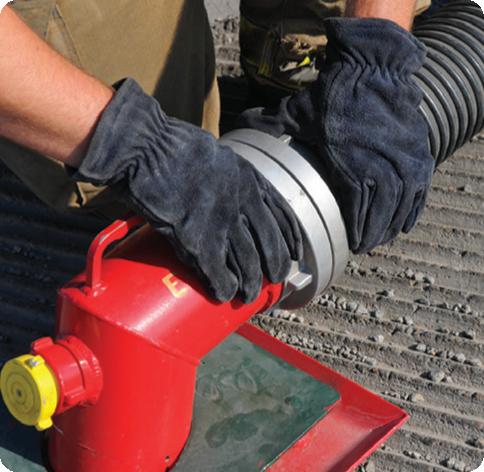

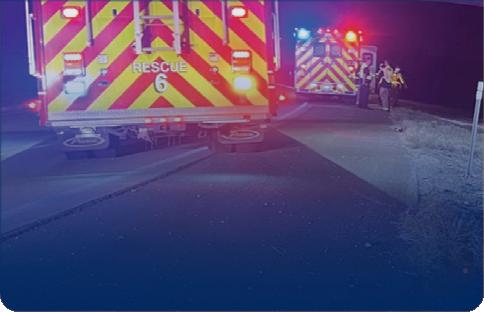
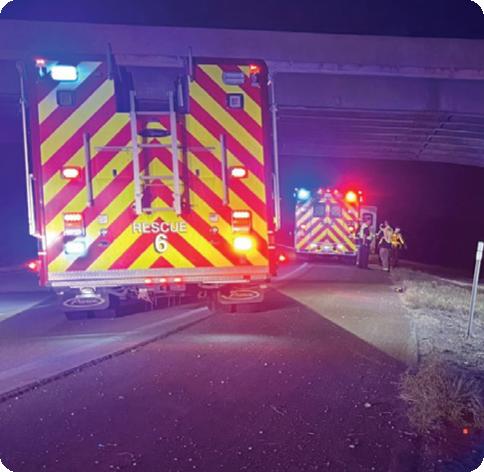
By being able to utilize these varied skills,firehouses can enhance their operational capabilities. Chapter 5 opens greater potential for community involvement and pride.By leveraging these diverse contributions, fire departments can build a strong support system that benefits not only the department,but also the community it serves.
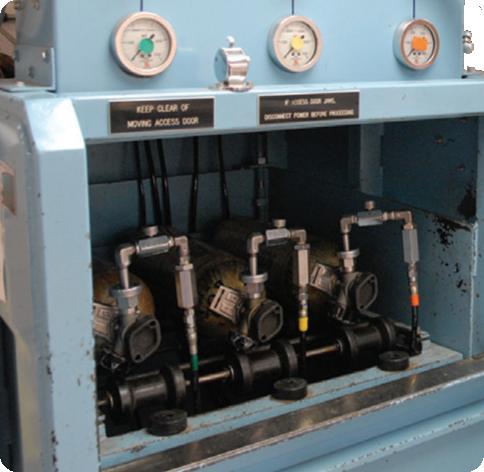
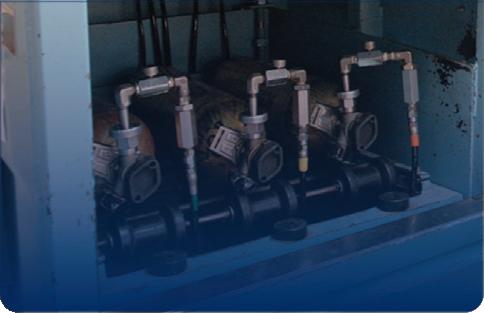
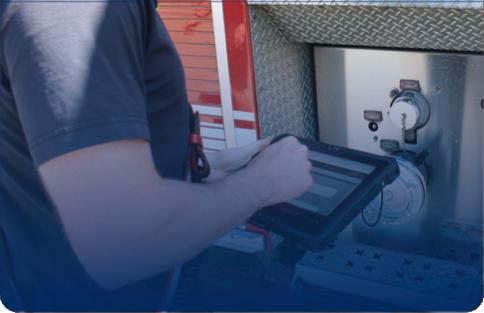



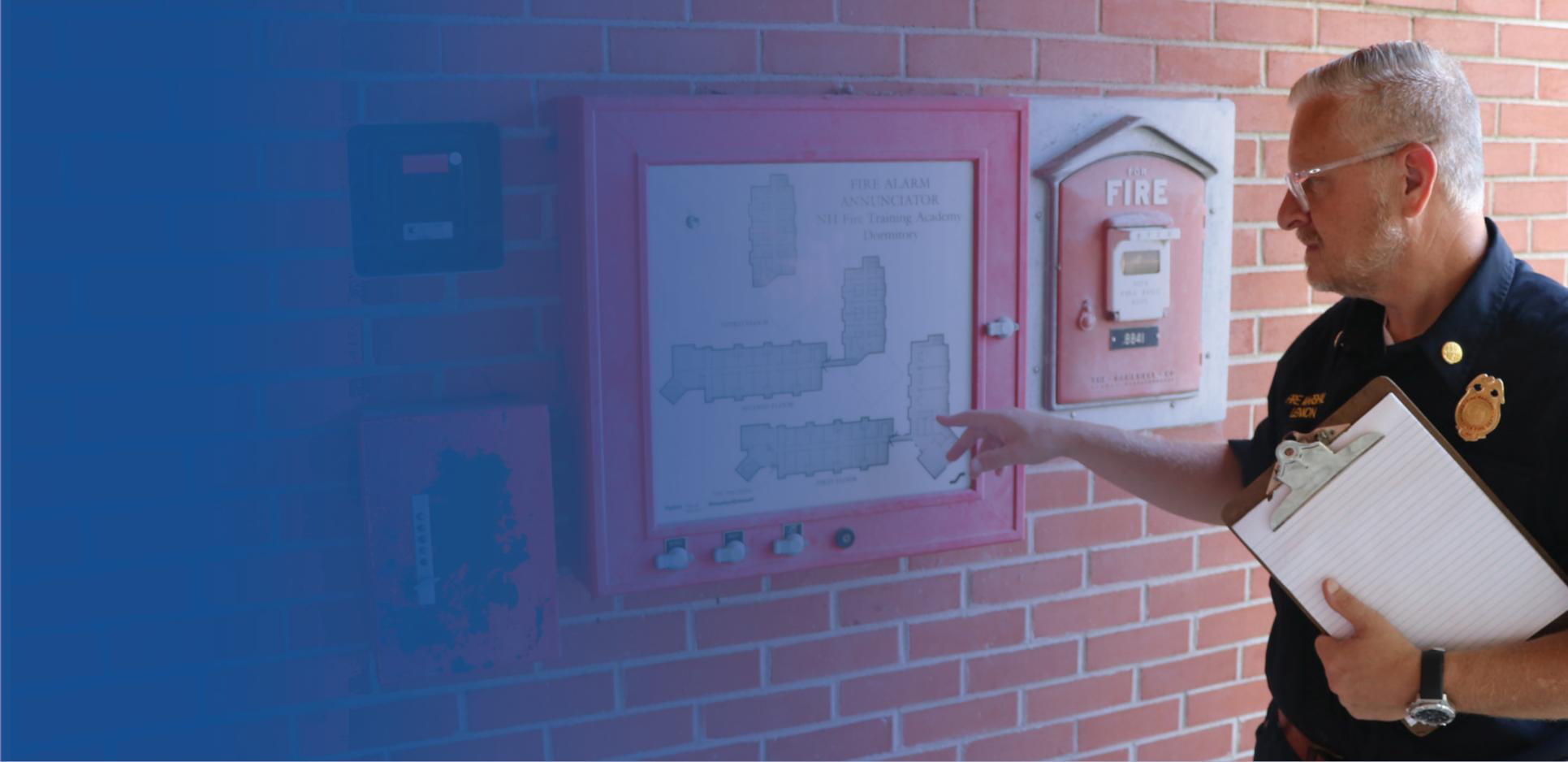
A newly introduced chapter within the NFPA1030 Standard is Chapter 6: FirstResponder Inspector (NFPA1031),whichaddresses the knowledge and skillsneeded for the role of a first responder inspector. Chapter 6 includes job performance requirements (JPRs)related to the preparation of inspection reports,investigating complaints, and the maintenance of records.It also covers various legal proceedings related to adopted codes and standards.
Firstresponder inspectors are trained to identify fire hazards and address dangerous situations. Thisrole requiresstrong verbal and written communication skillsto convey information to building occupants and owners.


Firstresponder inspectors must also be able to translate complex codes and standards into simple language that everyday individuals can understand. Forexample, an inspectormight need to explain the difference between a smoke detector and a carbon monoxide detector to a homeowner.
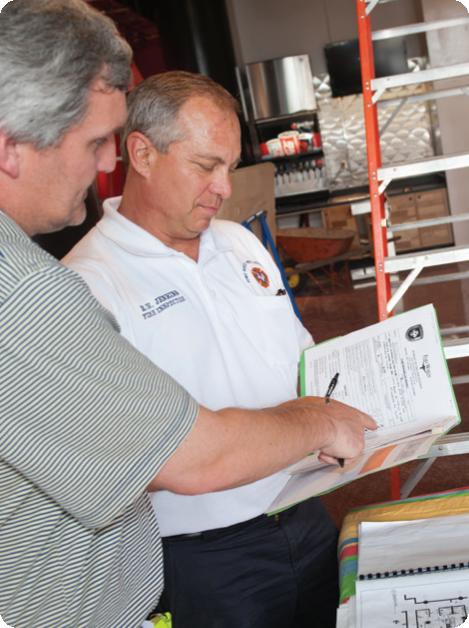

The primary objective of fire inspections isto minimize the riskof fire and provide protection for both life and property. Thisincludes safeguarding against dangers posed by fire,explosions,and hazardous materials. By conducting regular inspections,authorities can help prevent incidents and ensurethat buildings remain safe environments.
To train your firehouses for the new standard, it’s important to use learning methods that align with the updated guidelines. The Public Safety Group’s newest textbook, FirstResponder Inspector, offers realistic scenarios and exercisesto help firefighters understand and apply these guidelines effectively.




Each chapter begins with a case scenario titled "You Are the FirstResponder Inspector." These scenarios provide realistic examples that firefightersmight encounter,such as inspecting a local community college, assessing a redecorated nightclub, or
problem-solving skills.Byworking through these scenarios,firefighterscan better understand how to approach various inspection tasks and ensure compliance with fire safety standards.

find that it is continuallychanging.
1. What canyou doto gain real-lifeexperiencein thesesystems?
2. Woulditbepracticalandpossibleforyoutocontactalocalarealargefiredepartment,afireservicefireprevention association,astatefiretraining school,aspecialized fireinsurancecompany,or takecourses throughtheNFPA to learnmoreabout sprinkler systems?
3. Is thereatechnical group that wouldallow youto sit inonmeetings or trainingsessions?
At the end of each chapter,a Wrap-Up section summarizes concepts and important terms to help trainees retain information. Thesection also includes a "FireInspector in Action" segment, which offers real-world applications of the chapter's content.
CHAPTER SUMMARY
④ TheNationalFireProtectionAssociation(NFPA)and the International Code Council (ICC) are the two mostcommonlyusedbuildingandfiremodelcodes.
④ Each state either adopts a model building or fire code, or createstheir own codes to meet their specificbuildingandfiresafetyneeds.
④ Theoccupantloadreflectsthemaximumnumberof people anticipated to occupy the building space(s) atanygiventime.
④ Theoccupant load figurecan befluid. A largeopen room will have one occupant load.When it isfilled with table and chairs, as in a banquet hall, it has smaller occupant load figure. When posting occupant loads, some fire inspection units indicate the twopotentialoccupantloadfigures.
④ A means of egressconsists of three separate parts: exitaccess,exit,andexitdischarge.
④ The exit access may be a corridor, aisle, balcony, gallery, room, porch, or roof. The length of the exit accessestablishes the travel distance to an exit, an extremely important feature of a means of egress, sinceanoccupantmightbeexposedtofireorsmoke duringthetimeittakestoreachanexit.
④ Examplesof exitsare doorsleading directly outside at ground level,such asthefront door of abusiness, or through aprotected passagewaytotheoutsideat groundlevel.Thelatterincludessmokeprooftowers, protected interior and outside stairs, exit passageways, enclosed ramps, and enclosed escalators or movingwalkwaysinexistingbuildings.
④ Ideally, all exits in a building should discharge directlytotheoutsideorthroughafire-ratedpassagewaytotheoutsideofthebuilding.
④ At leasttwo meansof egressmust exist in any area, unless specifically allowed by the Life Safety Code. ThefirstchaptersoftheLifeSafetyCodelistthegeneralrequirementsonthenumberofmeansofegress.
④ Means-of-egress elements are the components of themeansofegressincludingexitaccess,exitenclosures,exitdischarges,stairways,ramps,doors,hardware,exitmarkings,illumination,etc.
④ In buildingswhere artificial lighting isprovided for normal use, illumination of the meansof egressis required to ensurethat occupantscan seeto evacuatethebuildingquickly.
To implement this training effectively,firehouses can organize workshops or group discussions

Our world-renowned authors and publishing partners ensure that you’re teaching the highest-quality, most comprehensive fire content.

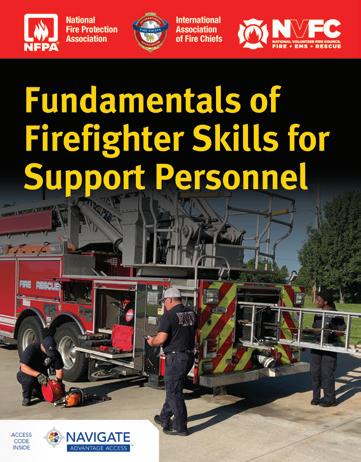

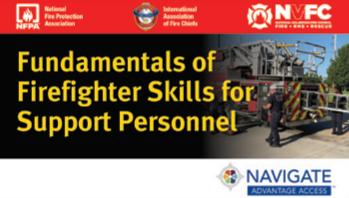

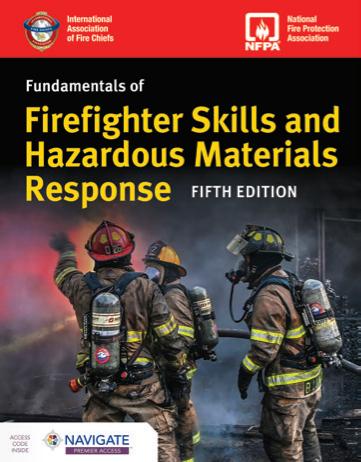
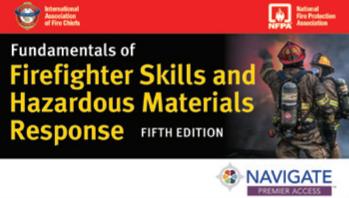





Findexactly what you need to train your students to their highest potential, while ensuring the safety of themselves,their peers,and their communities.
④ NEWtexts meet and exceed the intent of the current NFPAstandards—including NFPA1010,2024Edition, Standard on Professional Qualifications for Firefighters
④ Useful,comprehensive content provides context, examining the “why” behind the principles and practices for today’s fire professionals
Reviewour initial training texts and the exciting new resources now taught in fire training centers across the country.

④ Interactive digital,print,and audio learning tools engage students in their preferred learning styles
④ Fullcase studies and critical thinking questions help students assesstheir learning case by case
④ Challenging practice exams let students gain knowledge,practice new skills,and build confidence
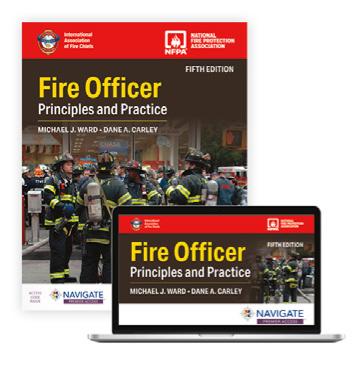
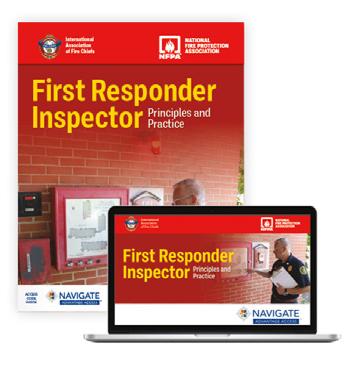



ThePublicSafety Group has become the world’s most innovative and trusted source for educational materials and solutions for EMSand fire students, educators, and professionals by combining the collective value of our people, products, and partners. From initial training to recertification to retirement, we strive to be a lifelong learning partner to those who serve our communities tirelesslyand ensure our safety and well-being.
Across the globe, thousands and thousands of EMS agencies,fire departments, hospitals, schools and universities,and corporations rely on us to help them deliver world-class training. We do this by providing educators with trusted educational content and powerful course management tools that allow them to be more efficientand effective.We also do this by understanding the broad needs of today’s learners and providing them with personalizedlearning solutionsthat help them succeed in their courses and in their careers.
The Jones & Bartlett Learning Public Safety Group is an Ascend Learning company.
Jones & Bartlett Learning and Public Safety Group materials and solutions are distributed in the UK and Europe by Mare Nostrum Group. Connect with your Mare Nostrum Group account manager to discuss your needs at:jbl@mare-nostrum.co.uk or by visiting www.mngbookshop.co.uk/publisher/publicsafety-group